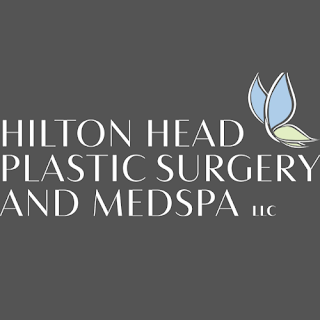How To Get Ready Before Face Lift Surgery
A face lift surgery (rhytidectomy) is a cosmetic surgical operation that can help you look younger. Sagging or folds of skin on the cheekbones and jawline, as well as other changes in the contour of your face that occur with age, can be reduced with this surgery.
A face-lift involves pulling back a flap of skin on each side of the face and surgically altering the tissues beneath the skin to restore the contour of the face to a more youthful shape. Excess skin is removed before the flap is sutured shut.
Why is face lift surgery done this way?
Because of normal age-related changes, the appearance and shape of your face changes as you get older. Fat deposits decrease in certain regions of your face but rise in others as your skin becomes less elastic and floppy. The following are age-related changes in your face that may be reduced with a facelift:
Your cheeks have started to sag.
Excessive skin around the lower jawline (jowls)
The fold of skin that runs from the side of your nose to the corner of your mouth becomes deeper.
Neck skin that has sagged and fat that has accumulated (if the procedure includes a neck lift)
A facial plastic surgery does not address superficial wrinkles, sun damage, creases around the nose and upper lip, or skin colour inconsistencies.
How do you get ready?
You'll first consult with a plastic surgeon about a facelift. The following items are likely to be included in the visit:
Exam and medical history Prepare to answer questions about previous and current medical issues, previous surgeries, previous plastic surgeries, previous surgery complications, smoking history, and drug or alcohol usage. If your surgeon has any worries about your ability to undertake surgery, he or she will perform a physical examination, obtain recent records from your doctor, or request a visit with a specialist.
Examine your medications. Give the names and amounts of all medications you take on a regular basis, including prescription, over-the-counter, herbal, vitamin, and other nutritional supplements.
Examining the face. Your plastic surgeon will photograph your face from various angles as well as close-up shots of certain characteristics. To establish your best alternatives for face-lift surgery, the surgeon will assess your bone structure, face shape, fat distribution, and skin quality.
Before getting a facelift:
Stick to the medication's instructions. You'll be told which drugs to cease taking and when to stop taking them. For example, at least two weeks before surgery, you'll be requested to stop taking any blood-thinning prescription or supplement. Consult your doctor to see whether any medications are safe to take or if the dosage has to be altered.
Face and hair should be washed. On the morning of the surgery, you'll probably be advised to wash your hair and face with a germicidal soap.
Eat as little as possible. The night before your face-lift, you'll be instructed to avoid eating anything after midnight. You will be able to drink water and take drugs that your surgeon has permitted.
Make arrangements for assistance during your rehabilitation. If you're having a facelift as an outpatient treatment, make arrangements for someone to drive you home and stay with you the first night.
From non-surgical and minimally invasive Medical Spa treatments to cosmetic or reconstructive surgery, do your plastic surgery Bluffton SC. Hilton Head Plastic Surgery & MedSpa offers a wide choice of safe and efficient options for creating a more appealing and youthful appearance.




Comments
Post a Comment